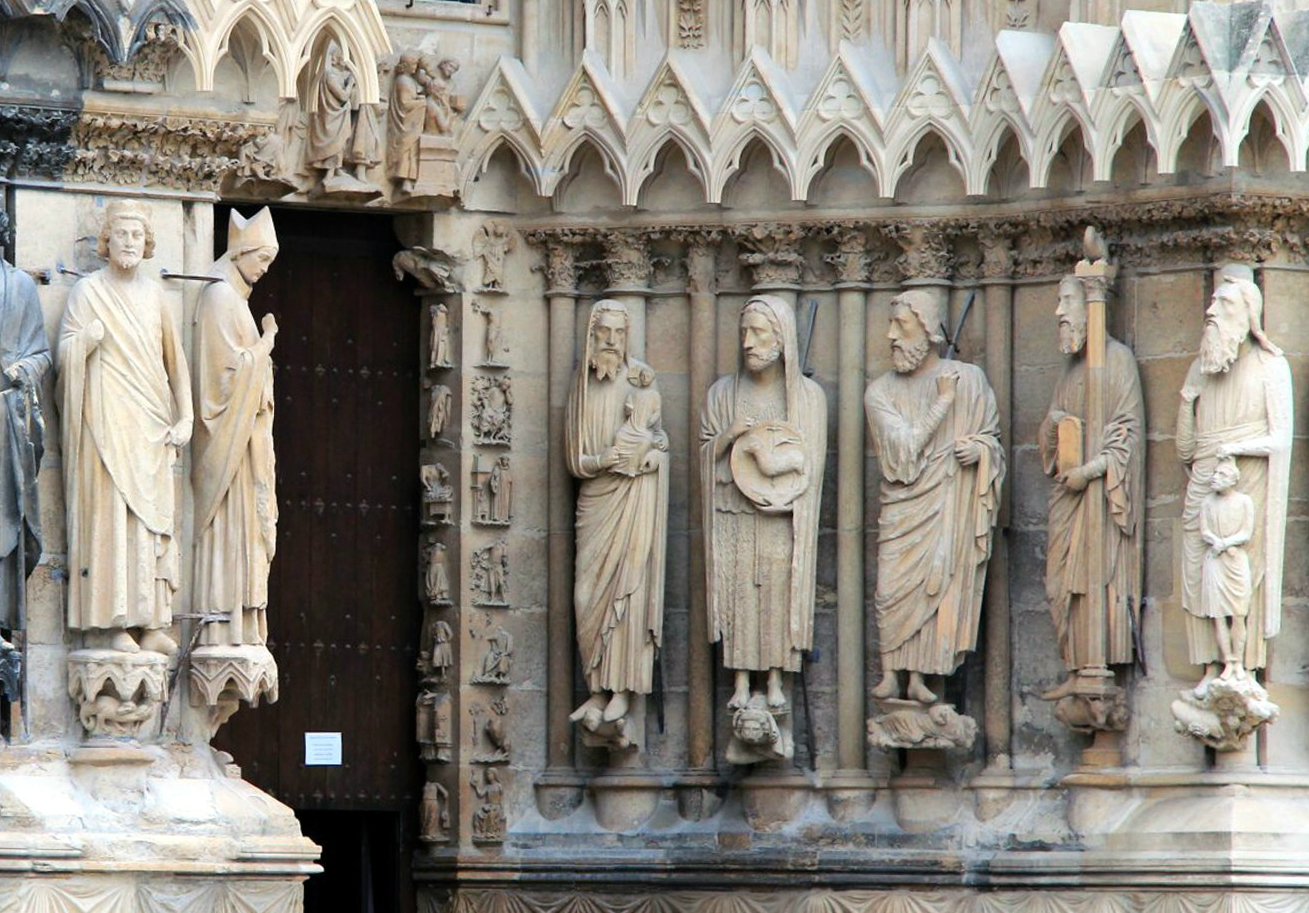“I am very pleased that the figure of Primate Hlond, the great patriot, is reminded to Poles and to the Church in the year of the celebration of the 100th anniversary of Poland’s regaining independence”, said to the Polish Catholic Information Agency (KAI), Fr. Boguslaw Koziol, vice postulator of the beatification process.
The beatification process has been going on since January 9, 1992. His postulator is a Salesian Fr. Pierluigi Cameroni, and the vice-postulator Fr. Boguslaw Koziol, from the Society of Christ Fathers for Poles Living Abroad, whose founder was Cardinal Hlond.
August Hlond was born in 1881. As a 12-year-old boy, he left his family home and went to the Salesian missionary college in Turin. In 1896 he joined the Salesian Society, in 1905 he was ordained priest. He worked, among others in Cracow, Przemysl and Vienna.
In 1922, he became the apostolic administrator of the Polish part of Upper Silesia, and then the first bishop of the Diocese of Katowice. In 1926, Pope Pius XI appointed him Archbishop of Gniezno and Poznan, which meant for him to become a primate. In 1927, Archbishop Hlond became a cardinal.
The war found him in Warsaw, then he moved to Lublin. Soon he emigrated. He lived in Rome, then in Lourdes, and then – at the request of the Vichy government – in the Benedictine abbey in Savoy. In 1944 he was arrested by the Gestapo. He was interned in France and Germany. After the war, he received extraordinary authorisation from the Pope, by virtue of which he established an ecclesiastical organization on the Recovered Territories. He refused to cooperate with the communist authorities of Poland.
He died on October 22, 1948. The body of the Primate Hlond was laid in the ruins of the Warsaw cathedral. That was his last will. His funeral was a great religious and patriotic manifestation. At present, in the Warsaw Archcathedral, his grave is located in a separate chapel, next to the chapel where Primate Wyszyński is buried.
KAI / Press Office of the Polish Bischops’ Conference

Pixabay CC0 - charlemagne
Happiness for Heroism of Virtues & Life of Servant of God Cardinal August Hlond
The Cardinal and Bishops’ Commission of the Congregation for the Causes of Saints Expressed


